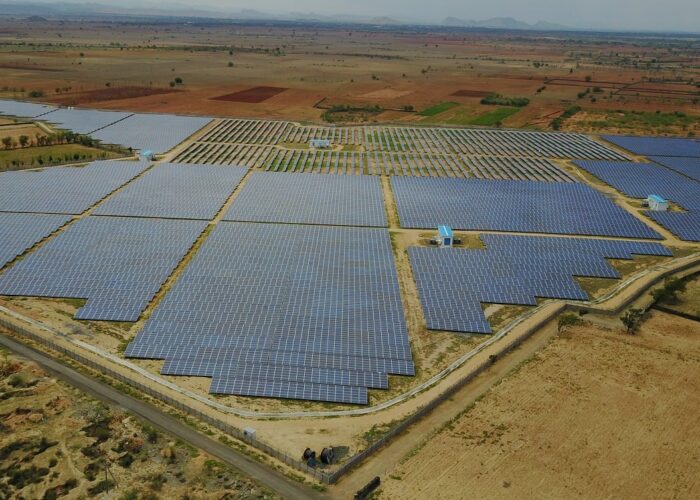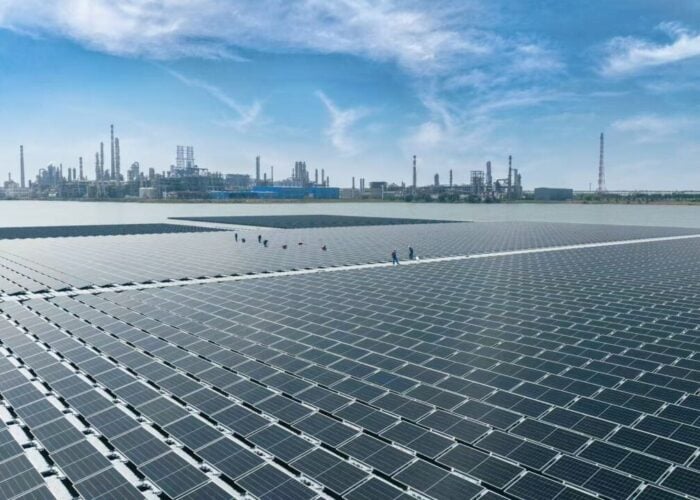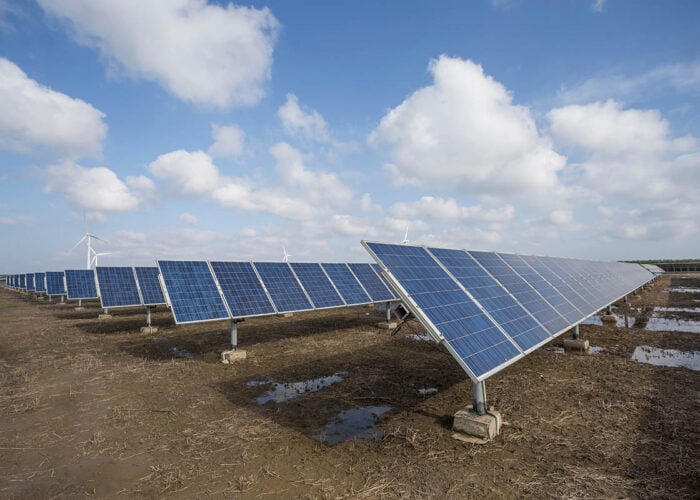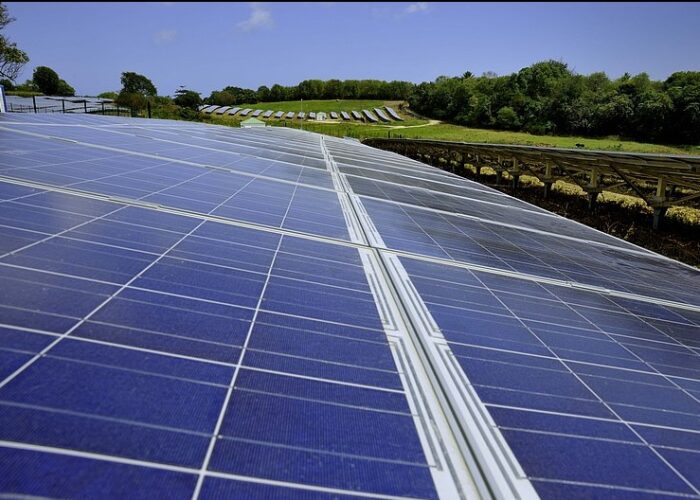From the heart of its R&D centre in Rochester, New York, Natcore Technology scientists have developed what they call the “first black silicon solar cell”.
Using scalable liquid phase deposition (LPD), scientists developed the technology from wafer to cell. The silicon wafer is said to have a near-zero reflectivity; however, Natcore stresses that the wafers are only components of a solar cell and are not able to produce electricity until formed into solar cells.
Unlock unlimited access for 12 whole months of distinctive global analysis
Photovoltaics International is now included.
- Regular insight and analysis of the industry’s biggest developments
- In-depth interviews with the industry’s leading figures
- Unlimited digital access to the PV Tech Power journal catalogue
- Unlimited digital access to the Photovoltaics International journal catalogue
- Access to more than 1,000 technical papers
- Discounts on Solar Media’s portfolio of events, in-person and virtual
The company noted that prior to its US$2.5 million financing, which was completed this past July, it would have normally outsourced the production steps and tests for its latest technology to other labs. However, portions of its proceeds from this summer, led to it using its in-house technology in order to develop what it marks as the “blackest” silicon solar cell surface to date.
The company plans to partner with the National Renewable Energy Lab (NREL) under a cooperative research and development agreement (CRADA). The NREL and Natcore will work on using Natcore’s LPD technology and the NREL’s technologies in order to reach, or exceed, record efficiency with the black silicon solar cells.
Hao-Chih Yuan, NREL research scientist, noted, “We have a good synergy with Natcore on black silicon technology. A silicon surface, without proper coating, is detrimental to the energy conversion efficiency of the solar cell. It is not unusual to grow silicon dioxide coatings on black silicon surfaces for this purpose, but the growth is typically at very high temperatures. Natcore's coating uses chemistry. They are the ones who can passivate a black silicon surface cheaply.”






